A callback triggers the resonance of all variables.
Written by: TRACER
Compiled by: Ethan, Planet Daily
Editor's Note: As August begins, the crypto market faces severe volatility again: Bitcoin weakens in the short term, altcoins generally pull back 20%-30%, with daily liquidations exceeding $1.5 billion. The main driver behind this is pointed towards Trump. From new tariff policies, escalating geopolitical tensions, to macro data reversals and the Federal Reserve's inaction, the market is once again shrouded in FUD sentiment. Meanwhile, rumors of "Trump secretly selling crypto assets" have intensified market panic, triggering a new round of chain reactions. In this article, the author dissects macro data and capital flows, proposing a different judgment from the mainstream: the short-term pullback may be an opportunity for long-term positioning, and the real "second wave bull market" may already be brewing.
Note: The views in this article have a clear stance and are not investment advice. Odaily Planet Daily reminds readers to rationally reference the analysis content and make prudent decisions based on their own circumstances.
Original Content
Market optimism dissipates, and adjustments quietly arrive, with Bitcoin retreating 9% from its historical high, and altcoins generally pulling back 20%-30%.
At the beginning of August, the market suddenly faced intense selling pressure, with daily liquidation exceeding $1.5 billion. The core question is: Is the trigger for this round of decline severe? How should we respond?
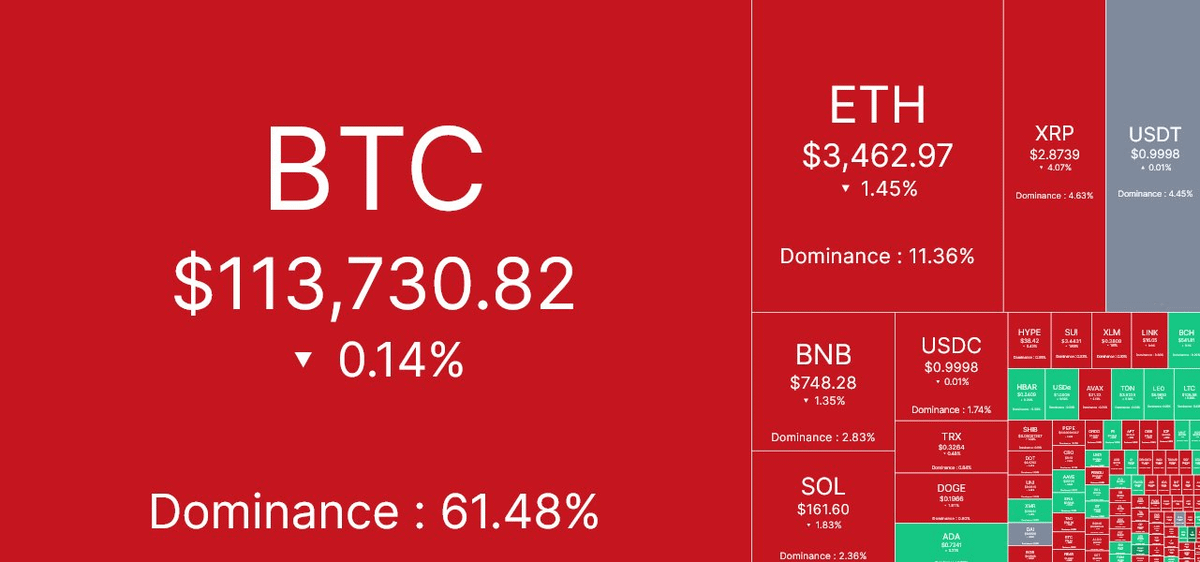
The core trigger for this pullback lies in the latest moves by U.S. President Trump:
New tariff policy proposals;
Escalating geopolitical uncertainties;
Conflicting macroeconomic data.
First, let's focus on the exhausting "new tariff proposal." More than 66 countries are listed as potential targets for increased tariffs—it's the same old routine. Each time feels like a "replay of an old script," even giving a sense of "market manipulation."
However, the U.S. government clearly will not risk an economic recession just for these tariffs.
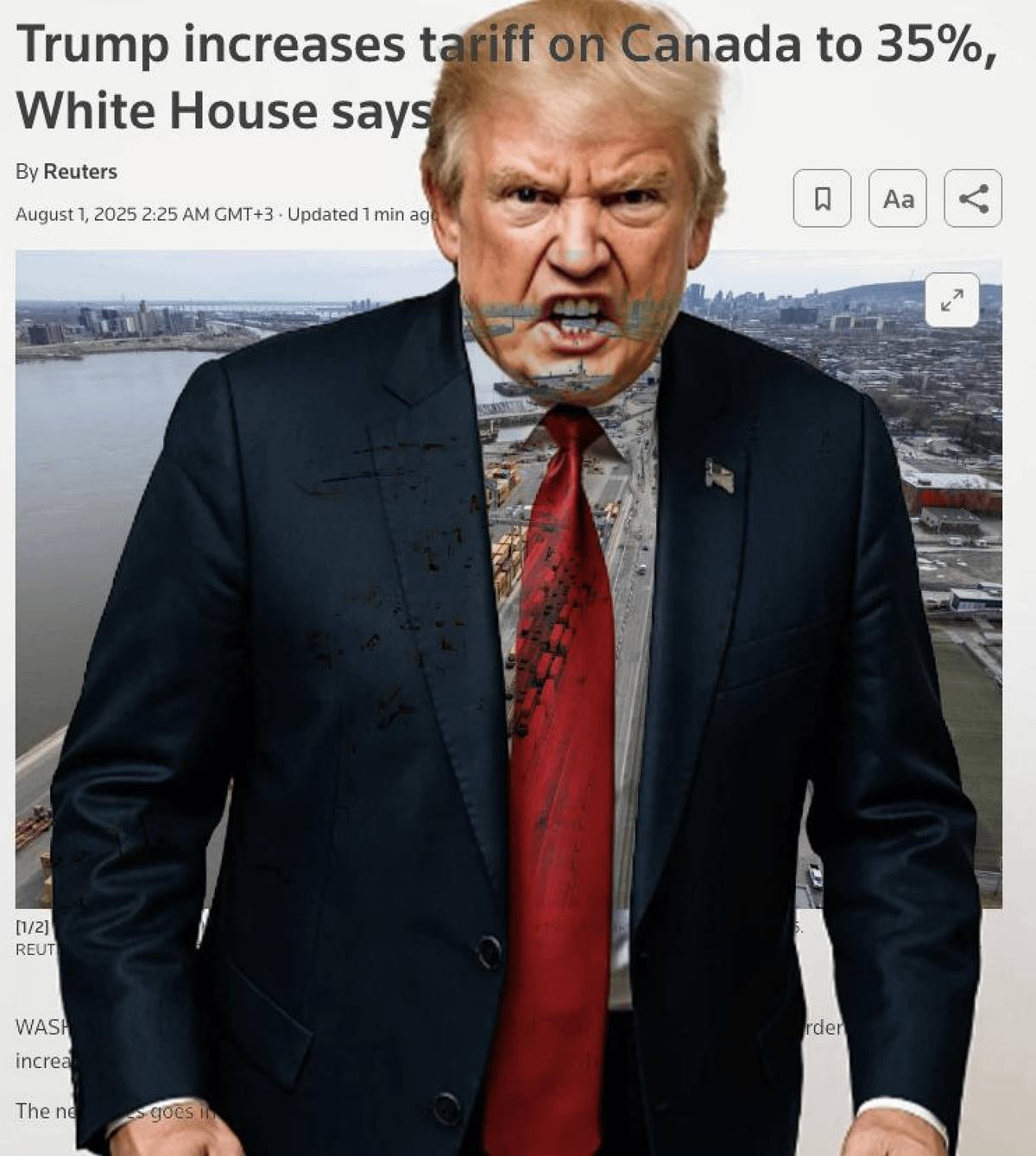
Market pullbacks triggered by such operations are not new to us. Retail investors often view such news as significant bearish signals and overreact.
Think back, how many times have similar tariff threats been announced? And how many times has the market set new highs afterward?
Therefore, there is no need to worry excessively; this is already a common topic.
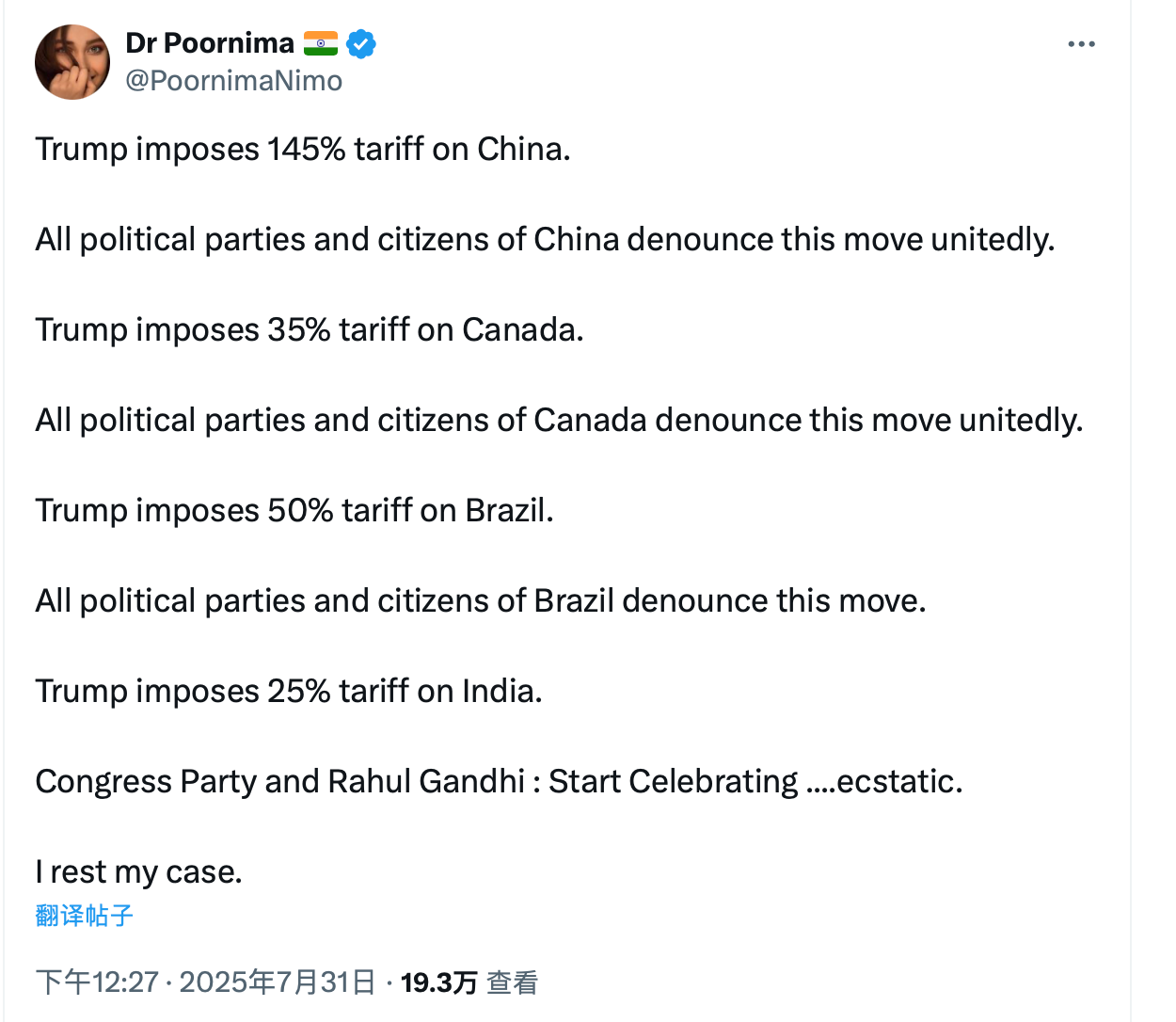
In addition to tariffs, the recent surge in geopolitical risks has also heightened unease. The trigger was the U.S. announcement of deploying two nuclear submarines near Russia. Is this concerning? Indeed.
But think calmly: does anyone really believe that a nuclear war will break out in 2025? This is more likely a "pressure tactic" aimed at pushing the negotiation process.
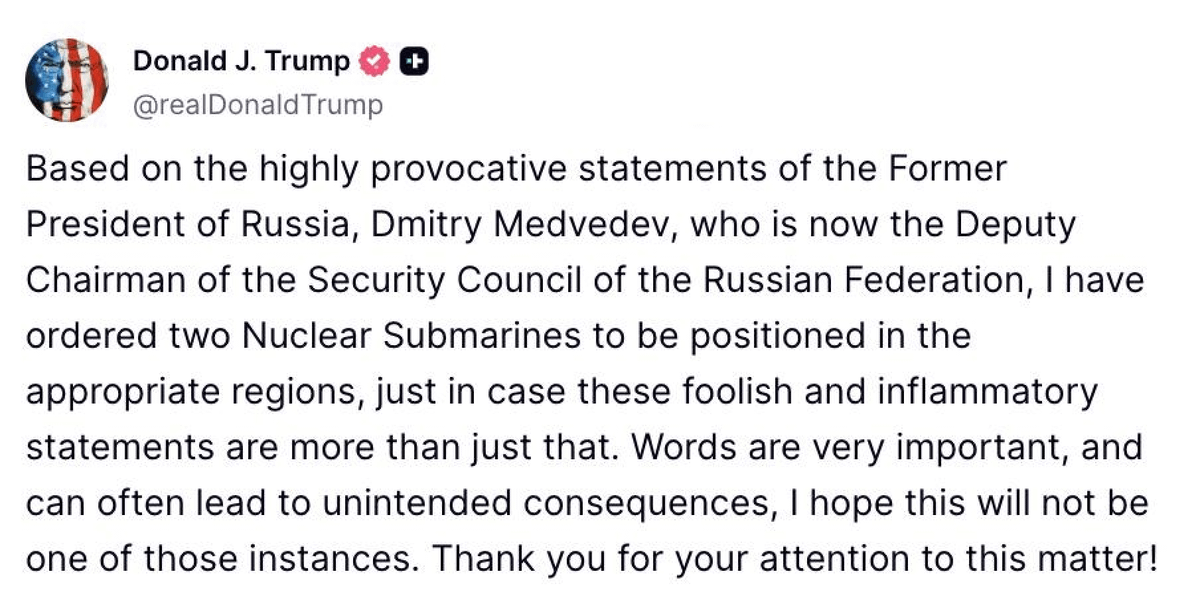
However, what truly gives U.S. economic decision-makers (like the Federal Reserve) headaches is the chaotic macro data from the labor market.
The market's previous bets on a "Federal Reserve policy shift" (interest rate cuts) have fallen through.
More critically, the non-farm payroll data (NFP) for May-June was revised down nearly tenfold, severely shaking the market's confidence in the overall reliability of macro data.

Ultimately, multiple factors form a powerful "combination punch":
Persistently high interest rates;
Increasing signs of economic cooling.
These factors combined have led to a significant shrinkage in institutional investor demand this week. Bitcoin spot ETFs have recorded net outflows for the first time.
So, what is my judgment on the market outlook?
My current view is based on the recognition of the continuous accumulation of macro pressures. Currently, no major economy can generate sufficient credit growth to support sustained GDP expansion.
I have set key support levels at: $110,000 for Bitcoin and $3,200 for Ethereum.
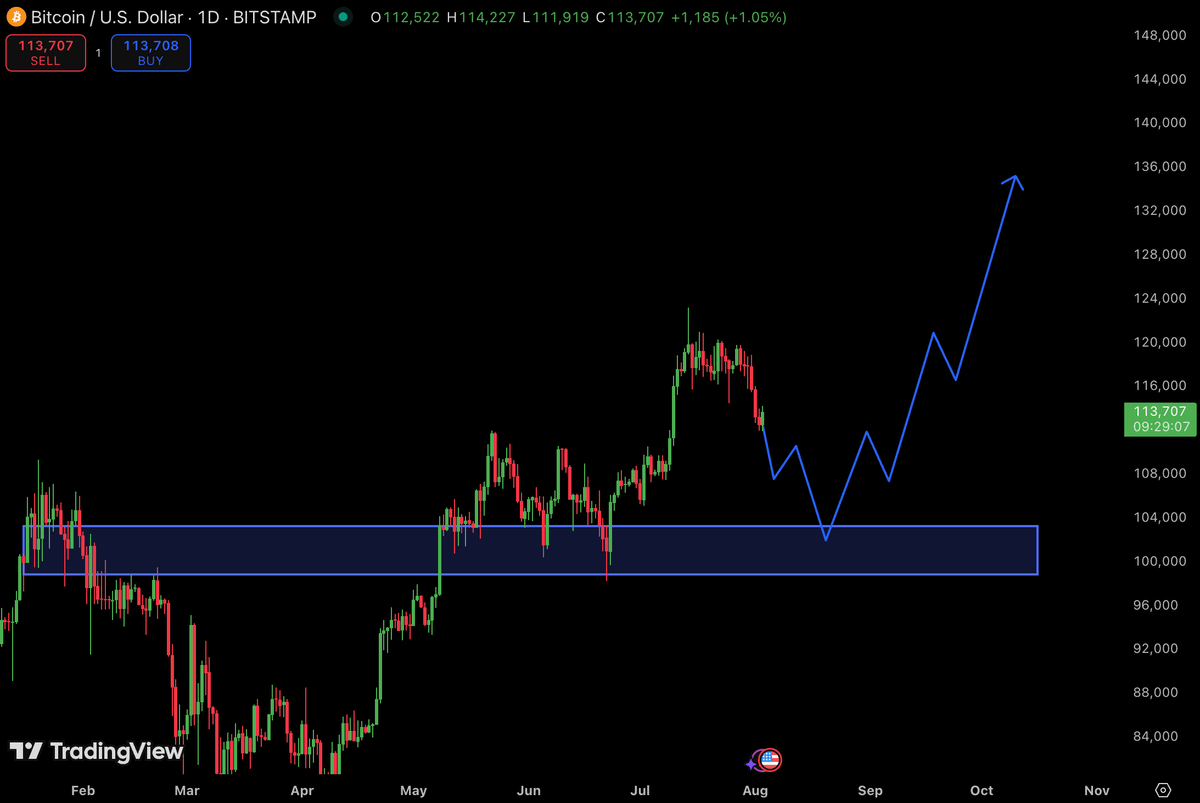
I expect that by September, the Federal Reserve will have no choice but to initiate interest rate cuts to re-stimulate the market:
Inflation data has significantly receded;
The job market is under pressure;
Powell seems intent on delaying the interest rate cut decision.
As the time approaches, the market is expected to open an upward trend again.
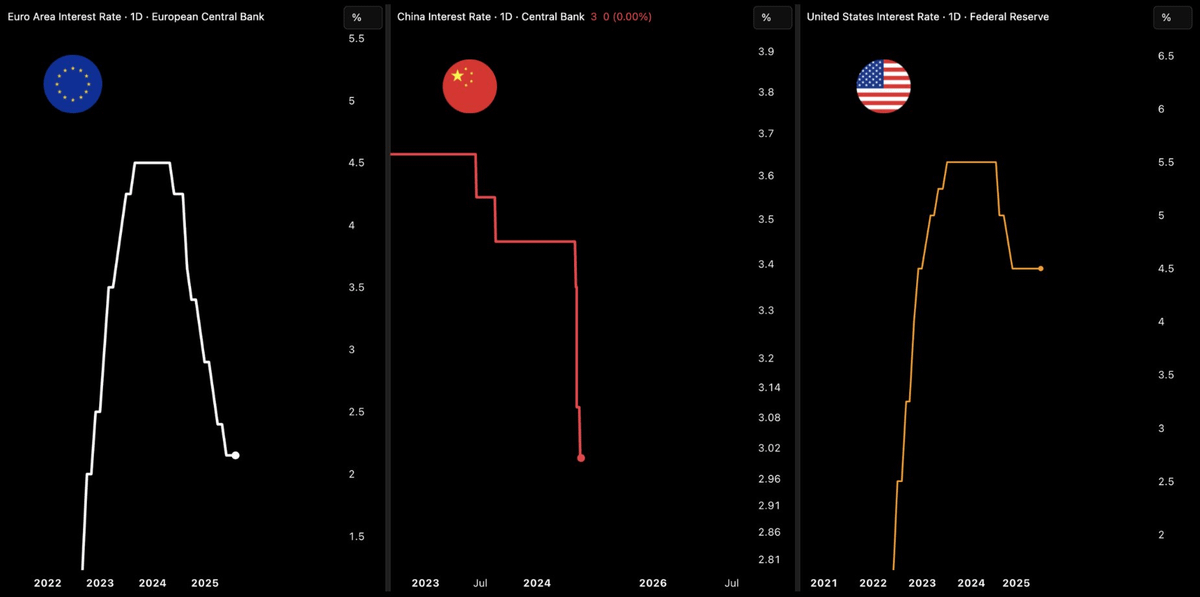
Historical patterns show that after every similar FUD (Fear, Uncertainty, Doubt), the market tends to experience a strong rebound.
Referring to the correlation chart between M2 money supply and Bitcoin prices, the conclusion is clear: market trends follow liquidity, and the overall global liquidity environment remains loose.
Therefore, the current fluctuations are essentially a global market game layered with FUD.
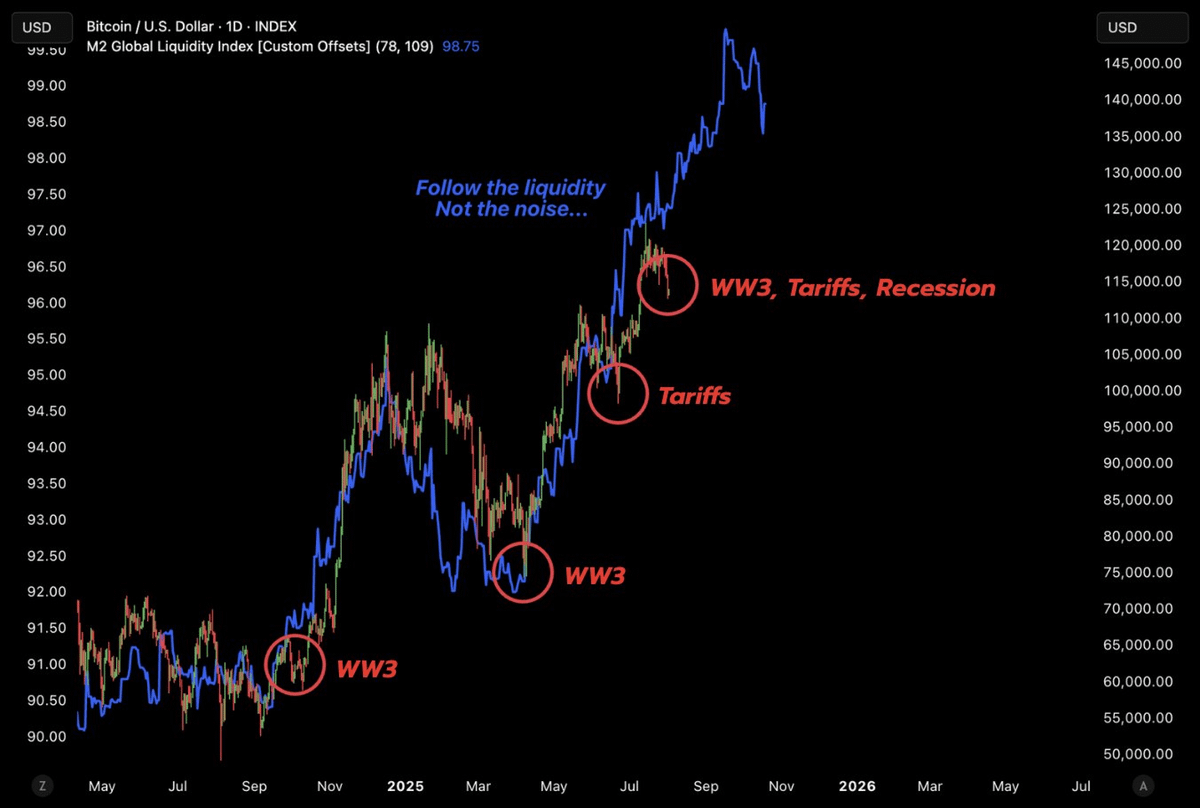
Looking ahead to autumn, with the onset of the interest rate cut cycle, I expect major funds to flow back in large scale, thus initiating a true "altcoin season."
At that time, it will be a critical window for actively locking in profits.
This is precisely my current positioning direction.
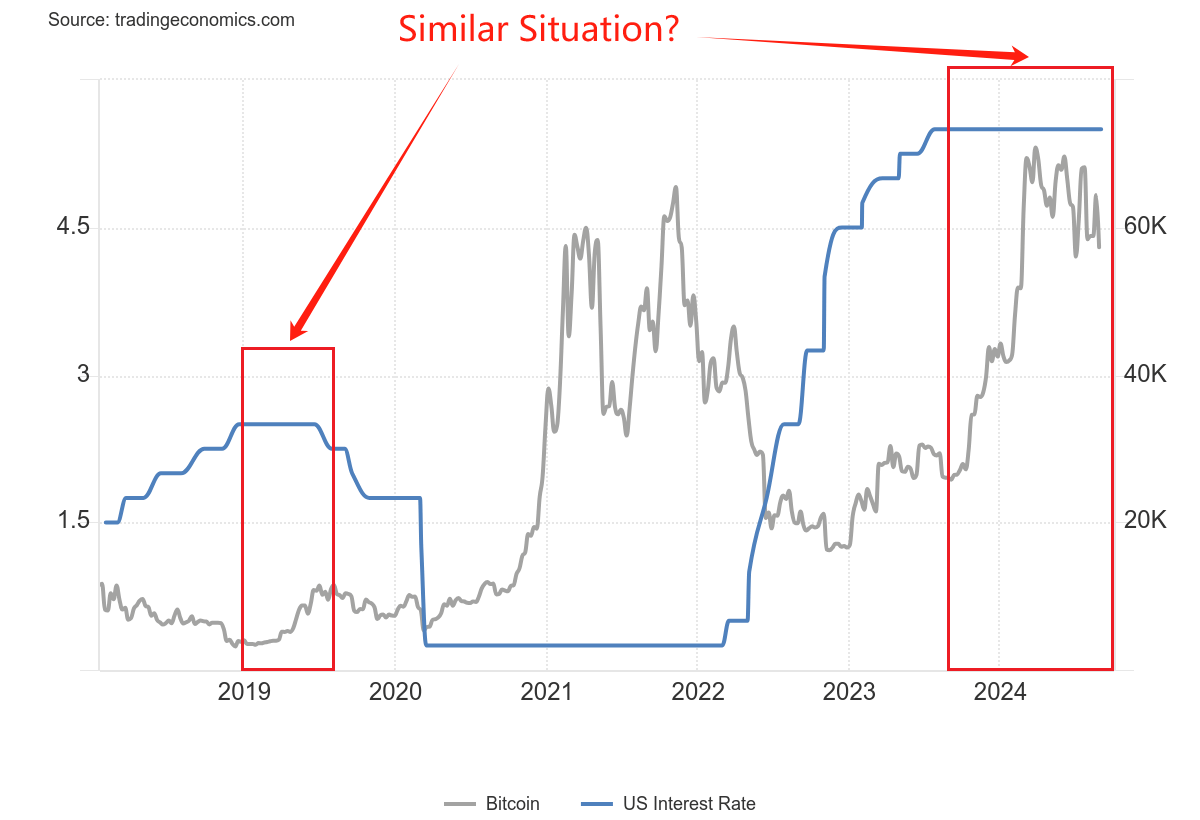
During this adjustment, I am focusing on the continuous accumulation of three types of assets: BTC, SOL, and ETH.
I am particularly optimistic about ETH's technical potential and fundamentals, and I have noticed the increasing interest from institutions. On August 3, a wallet related to Shraplink once again increased its holdings by $36 million worth of ETH, which is a testament to this.

In summary, the strategy is clear: view the current volatility as an opportunity to accumulate positions.
The market landscape is evolving, and such a low buying window is unlikely to last long. Now is the time to build positions step by step, reserve chips, and wait for the market from October to December.
免责声明:本文章仅代表作者个人观点,不代表本平台的立场和观点。本文章仅供信息分享,不构成对任何人的任何投资建议。用户与作者之间的任何争议,与本平台无关。如网页中刊载的文章或图片涉及侵权,请提供相关的权利证明和身份证明发送邮件到support@aicoin.com,本平台相关工作人员将会进行核查。




